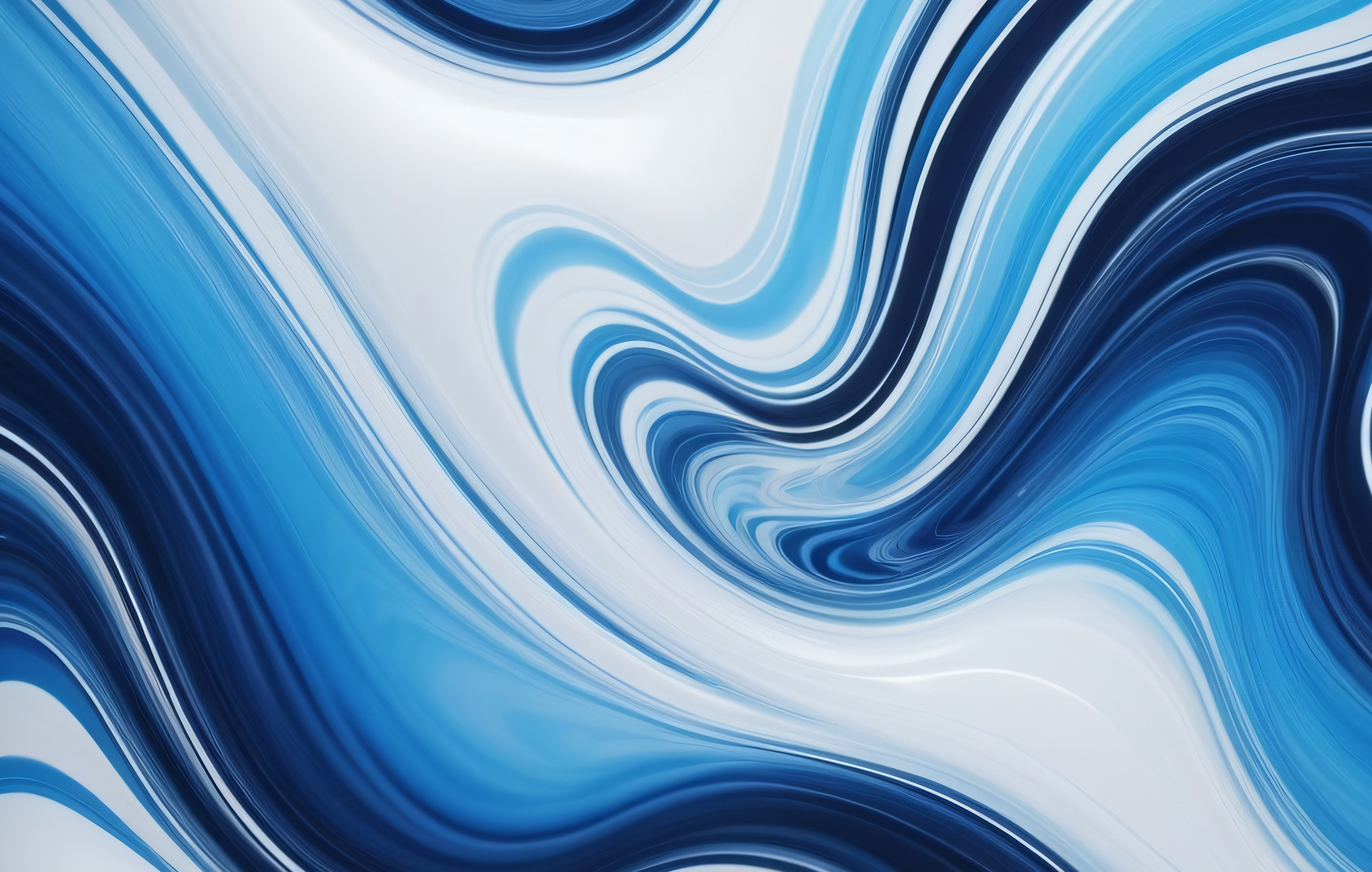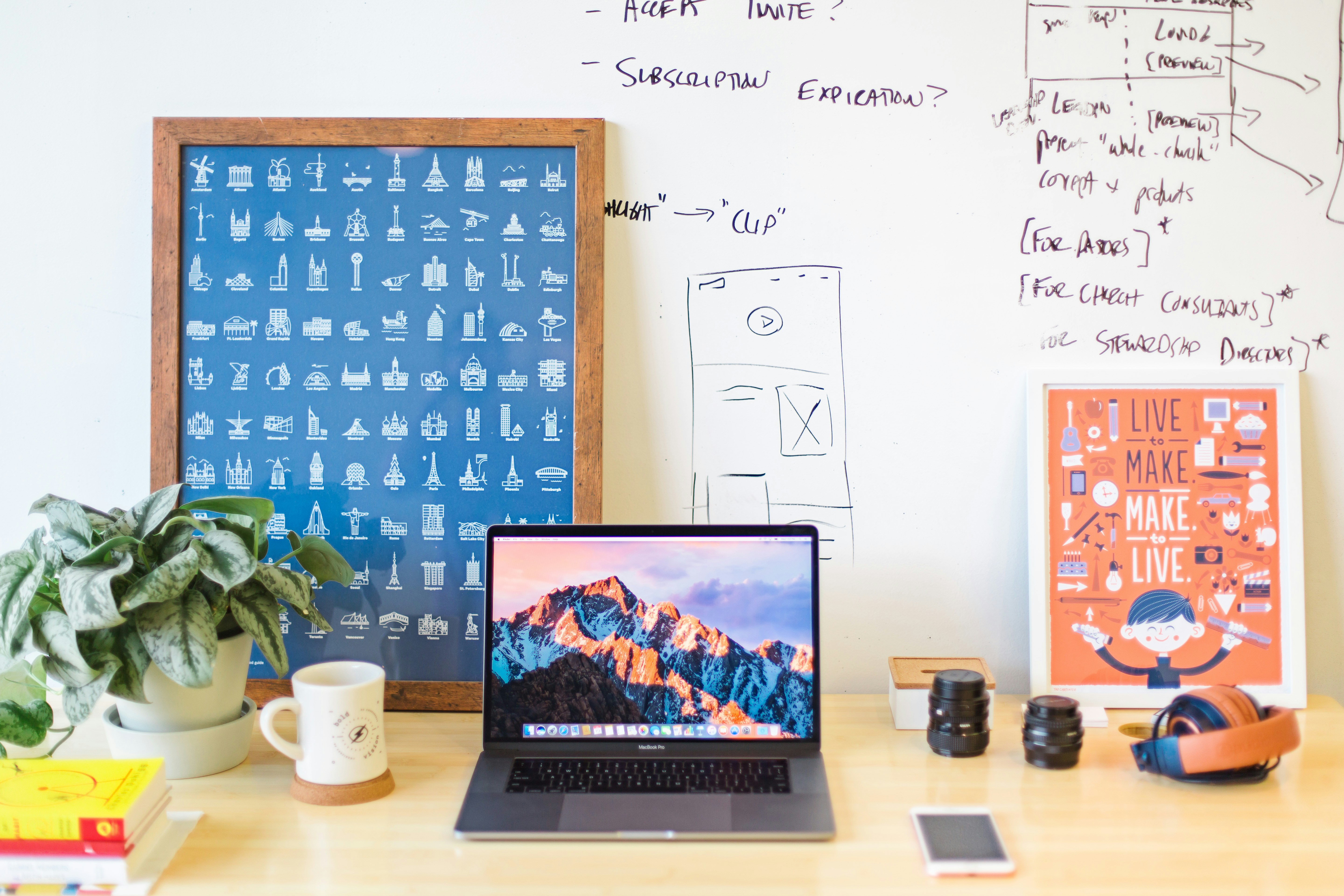Dissecting Digital Art: The Rising Star of the 21st Century
In the ever-evolving landscape of the art world, the advent of digital art has been a game-changer, transforming the way we perceive and interact with artistic expression. Part technology, part creativity, this innovative form of art has been steadily gaining momentum, challenging traditional notions of artistry and medium.

The Genesis of Digital Art
The roots of digital art can be traced back to the early 1960s when artists began to experiment with the potential of computers and technology as an artistic medium. Pioneers like Vera Molnar and Harold Cohen began to explore the intersection of art and technology, leading to the emergence of a new genre. The introduction of personal computers and graphic software in the 1980s and 1990s further expanded the reach and capabilities of digital art.
The Present Scenario: A Digital Renaissance
Today, digital art is a vibrant and diverse field, encompassing a wide range of practices, from digital painting and 3D modeling to virtual reality and blockchain art. The recent sale of a digital artwork by Beeple for a staggering $69 million at Christie’s auction house has catapulted digital art into mainstream consciousness, signaling its acceptance and validation in the global art market.
The Impact and Reception of Digital Art
Digital art has democratized the art world, offering unprecedented access and opportunities for artists and audiences alike. It has blurred geographical boundaries, allowing artists to showcase their work globally and audiences to engage with art from the comfort of their homes. However, it has also sparked debates on authenticity and value, given the reproducibility and intangibility of digital artworks.
The Future of Digital Art
The future of digital art appears bright, with technology continually expanding its possibilities. Emerging trends like NFTs (Non-Fungible Tokens) are introducing new ways of owning and trading digital art, adding a layer of security and value to this form of art. As we continue to navigate the digital age, digital art is set to redefine our relationship with art, pushing the boundaries of creativity and technological innovation.
In conclusion, digital art is a dynamic and revolutionary force in the art world, challenging our understanding of art while opening up new avenues of artistic expression. It’s a testament to the human spirit’s adaptability, continually evolving and reinventing itself in response to changing times.





